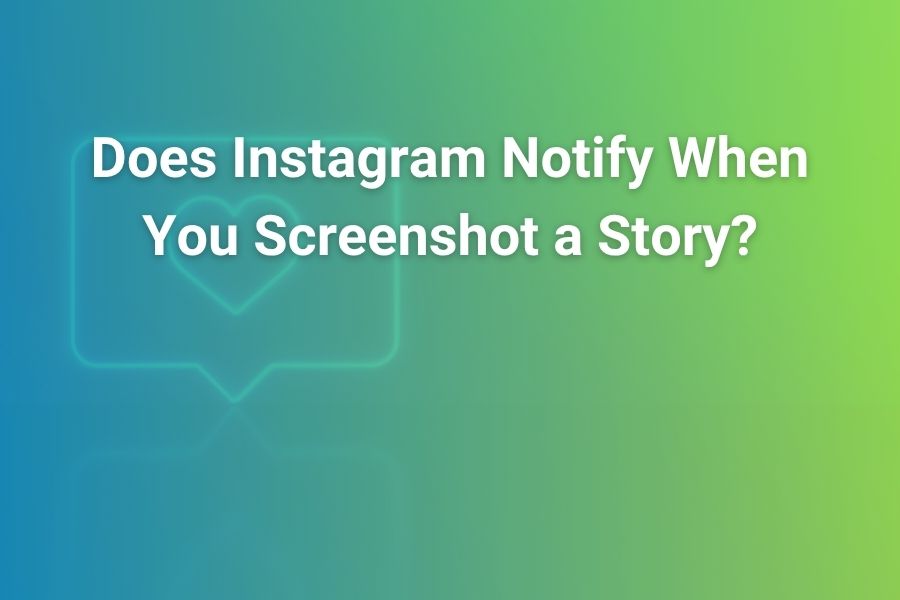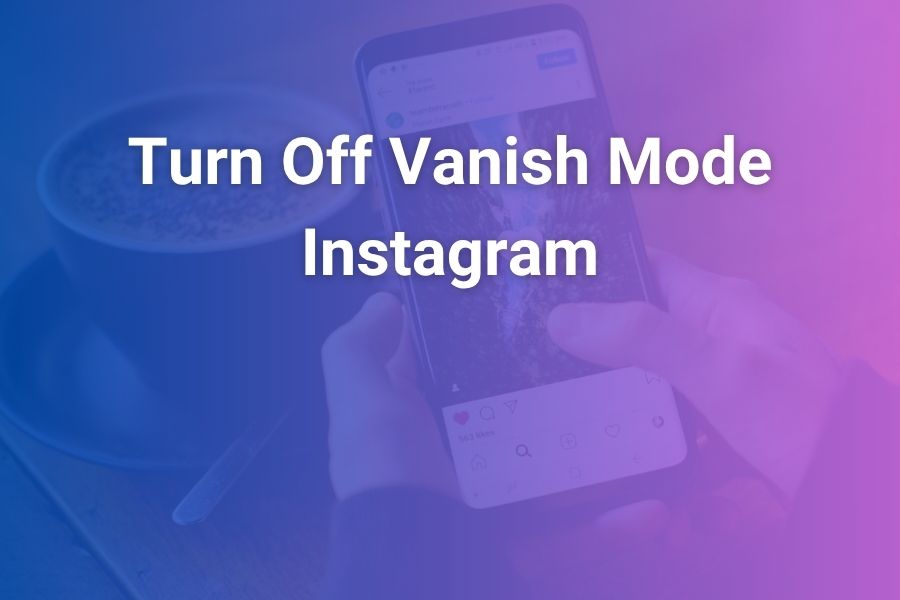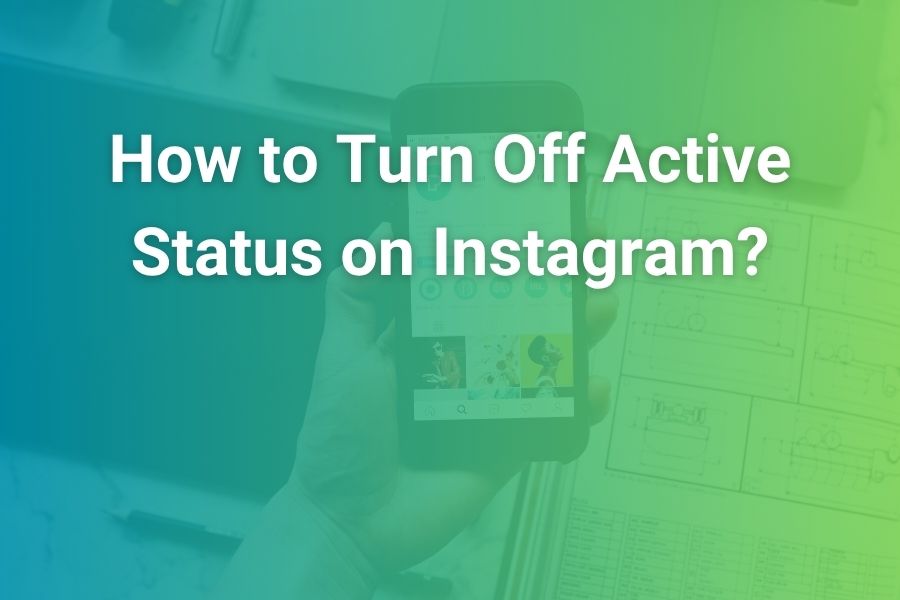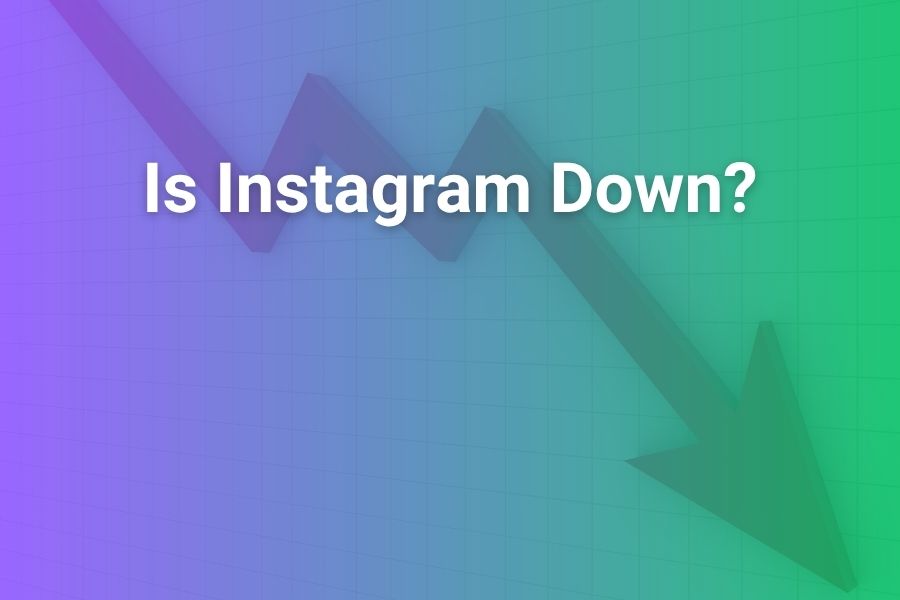
Instagram Stories move fast, and great moments vanish in 24 hours. Many users still want to save a look, a quote, or a design idea. That raises the big question: does Instagram tell the creator if you take a screenshot of their Story? You need a clear, current answer you can trust, with quick guidance that respects privacy and etiquette.
This guide gives that clarity in plain English. You’ll learn what triggers alerts, what doesn’t, smart saving alternatives, and best practices for creators and viewers, in this article.
The short answer
Instagram does not notify someone when you screenshot a Story. You can capture a Story frame and the creator won’t receive an alert. Instagram briefly tested Story screenshot notifications years ago. It rolled the test back. The current behavior is simple: no alerts for Story screenshots.
The important exception
Instagram alerts only in one narrow place: disappearing photos and videos sent in Direct Messages with vanish-style controls. If someone sends you a disappearing photo or video in a DM, and you screenshot it, Instagram alerts the sender. That’s the exception. It does not apply to public Stories, Close Friends Stories, Story Highlights, or posts and Reels on the feed.
Why this matters in 2025
Stories remain the most reactive format on Instagram. Brands launch products there. Creators test ideas there. Friends share life updates there. Users in the United States open Instagram multiple times per day, and Stories sit at the top of the app.
Instagram’s global audience continues to exceed two billion monthly active users, with U.S. adults ranking it among the top social platforms. That scale means small misunderstandings about privacy ripple fast. You need crisp guidance that matches how the app works today.
How screenshots work across Instagram features
Stories
You can screenshot any Story frame. Instagram does not send a notification. That includes both regular Stories and Close Friends Stories. It also includes Live replays when they appear in a user’s Stories row after a broadcast. Story Highlights behave the same as Stories. No alerts trigger when you screenshot a Highlight cover or the frames inside the Highlight.
Posts (the feed)
You can screenshot a single-image post, a carousel slide, or a video thumbnail from the feed. Instagram does not notify the creator. Many users still choose the in-app Save button because saves organize better than a camera roll full of random screenshots.
Reels
You can screenshot a Reel at any moment. Instagram does not send alerts. You can screen record Reels as well. Instagram does not notify creators about screen recordings.
Profiles
You can screenshot any public profile. Instagram does not notify the account owner. That includes profile grids, bios, and avatar photos.
Direct Messages (regular chats)
You can screenshot normal text chats, photos that persist in the thread, and shared posts in DMs. Instagram does not notify the other person. However, basic courtesy applies. Private messages deserve discretion.
Disappearing photos and videos in DMs, and vanish-style chats
This is the exception. If you screenshot a disappearing photo or video, Instagram shows the sender a small alert icon and message inside the chat. It also flags when you screen record those disappearing items. If you use vanish mode or a similar temporary media option, treat it as private. Assume screenshots will be detected and reported.
Common myths, cleared up
“Close Friends Stories are different.”
They are not different for screenshot alerts. Instagram does not notify when you screenshot a Close Friends Story. The only difference is audience size. The green ring signals a limited audience, not special screenshot detection.
“Third-party apps can force notifications.”
Third-party apps cannot force Instagram to send screenshot alerts for Stories. If you grant a shady app access, you risk your account, not stronger privacy. Avoid that.
“Airplane mode tricks matter.”
Toggling airplane mode or killing the app does not change Instagram’s notification rules for Stories. There are no alerts either way. Don’t overthink it.
“Screen recordings always trigger alerts.”
Not for Stories, posts, profiles, or Reels. Only disappearing DM media trigger alerts. Regular Stories and Reels do not.
Privacy and etiquette: do the right thing
No alert does not mean no responsibility. A Story can still carry private context. The person may not expect redistribution. Use screenshots responsibly. If you plan to repost someone’s Story content on your brand or personal feed, ask first.
Tag the creator if they say yes. Respect a “no.” If the content shows minors, private locations, or sensitive moments, skip the screenshot. Choose empathy over engagement.
Best practices for creators who worry about screenshots
Limit the audience.
Use Close Friends for personal updates. It narrows exposure. It also lowers the chance that content spreads in ways you do not want.
Use private accounts strategically.
If you don’t run a public brand, make your account private. You approve followers. You control who sees Stories.
Share less identifiable details.
Crop addresses. Blur kids’ faces before posting. Remove medical records, travel itineraries, or school logos from the frame.
Watermark your original work.
Creators who share design mockups or photography can add a small, tasteful watermark. Place it where a simple crop won’t remove it. Keep it subtle, not loud.
Use DM controls for truly private media.
When a moment is sensitive, send it as a disappearing photo or video in a DM. That path alerts on screenshots and draws a clearer boundary.
Smart alternatives to screenshots for viewers
Screenshots clutter your camera roll. Instagram gives better tools for saving ideas.
Use Saves and Collections.
Tap the bookmark icon on any post or Reel to save it. Create Collections for categories like “kitchen remodel,” “ad hooks,” or “pose ideas.” Collaborative collections let friends or teammates add posts to the same folder. Saves keep the original context, captions, and creator credit.
Share to yourself.
Send posts to a private notes chat or a small group you control. Your team can react in one thread. You avoid dozens of untagged screenshots on your phone.
Use Notes and Reminders.
If you want to revisit an idea, add a quick note or set a phone reminder with the creator’s handle and a keyword. You can find the post later with a simple search.
For creators: how to reduce unwanted re-shares of your Stories
Hide Your Story From Specific Accounts.
Go to Settings, Privacy, then Story. Use “Hide story from” and select accounts you want to exclude. This helps when a few followers reshare your content without asking.
Close Friends with intent.
Build a curated Close Friends list. Add people who respect your boundaries. Remove anyone who repeatedly crosses them.
Limit Reply Options.
In Story settings, restrict replies to “People you follow” or “Off.” Fewer replies mean fewer prompts to reshare or capture.
Use Copyright Tools When Needed.
If someone reposts your work without permission, use Instagram’s built-in reporting tools. Document the original Story, date, and context. Brands and creators should keep records to defend original work.
A practical etiquette guide for U.S. users
The U.S. audience navigates fast content cycles. News, sports, and brand drops often hit Stories first. Use this checklist to stay respectful, fast, and safe:
- Ask before reposting someone’s Story to your feed or website.
• Credit creators when they agree to share. Use their exact handle.
• When kids or private homes appear, do not repost. Skip the screenshot.
• For workplace content, follow company policy. Many U.S. employers set social media rules that cover photos and screens.
• If you run a U.S. brand account, create a written permission workflow. Save approvals. Keep creator emails or DMs on file.
How creators can communicate screenshot expectations
If you want followers to pause before saving your Story, say so. A gentle, clear note works well. Use short, direct language:
- “Please don’t repost this Story without permission.”
• “Close Friends only. Thanks for keeping this private.”
• “Client work in progress. No screenshots, please.”
Pin a Story Highlight called “Policies.” Add a few cards that explain how you handle re-shares, credits, and requests. This sets expectations up front. It also gives you a linkable reference inside the app when people ask.
Recent stats to give context
Instagram remains one of the most-used platforms in the world, with over two billion monthly active users worldwide. The United States ranks among the largest single-country audiences. U.S. adults continue to spend meaningful daily time on social apps, with Instagram holding a top-three spot for engagement among major platforms.
Stories and Reels drive a large share of views and interactions, and creators often report Story reply rates that outpace feed comments for time-sensitive content. These trends explain why people care so much about screenshot behavior. The feature’s rules shape how ideas spread.
Creator safety playbook for Stories
Think before you post.
Before you share a Story, ask: would I be okay if this frame left my audience bubble? If the answer is no, switch to a disappearing DM or skip the post.
Trim the metadata.
Turn off precise location. Share the restaurant or the neighborhood later. Keep kids’ school logos and street numbers out of frame.
Time your posts.
If you attend a private event, post after you leave. You lower the chance of revealing where you are in real time.
Use templates and brand marks.
Brands should build reusable Story templates with subtle branding. If a screenshot spreads, your mark travels with it.
Respond with grace.
If someone shares your Story without permission, message them kindly first. Most people comply when asked. Escalate to reporting tools only if needed.
The bottom line
For Stories, Instagram does not send screenshot notifications. You can capture a frame, and no alert appears. The single exception sits inside DMs: screenshots of disappearing photos and videos trigger alerts. Treat private content as private.
For saving ideas, the Save button and Collections are smarter than a full camera roll. For creators, a few simple settings and clear communication go a long way. Use these rules to keep your account respectful, safe, and effective—without guessing or spreading myths.
Frequently asked questions (clear and concise)
Does Instagram notify when you screenshot a Story?
No. It does not send a notification for Story screenshots.
Does Instagram notify when you screen record a Story?
No. Screen recordings of Stories do not trigger alerts.
What about Close Friends Stories?
They follow the same rule as regular Stories. No alerts on screenshots.
Do disappearing photos and videos in DMs send alerts?
Yes. If you screenshot a disappearing DM photo or video, Instagram alerts the sender inside the chat.
Does Instagram notify if I screenshot a regular DM conversation?
No. Regular DM texts and persistent photos do not trigger alerts.
Does Instagram notify when I screenshot a profile?
No. Profiles, bios, and grids can be screenshotted without alerts.
Can Instagram change this rule later?
Yes, any platform can update features. For now, no alerts for Story screenshots. Alerts apply only to disappearing DM media.
If there’s no alert, is it legal to repost a screenshot?
Not automatically. Copyright, privacy, and right-of-publicity laws still apply. Ask for permission before republishing. When in doubt, do not repost.
What’s the best way to keep content for later without screenshots?
Use Saves and Collections. They keep the post tied to the creator and original caption. Your future self will thank you.






